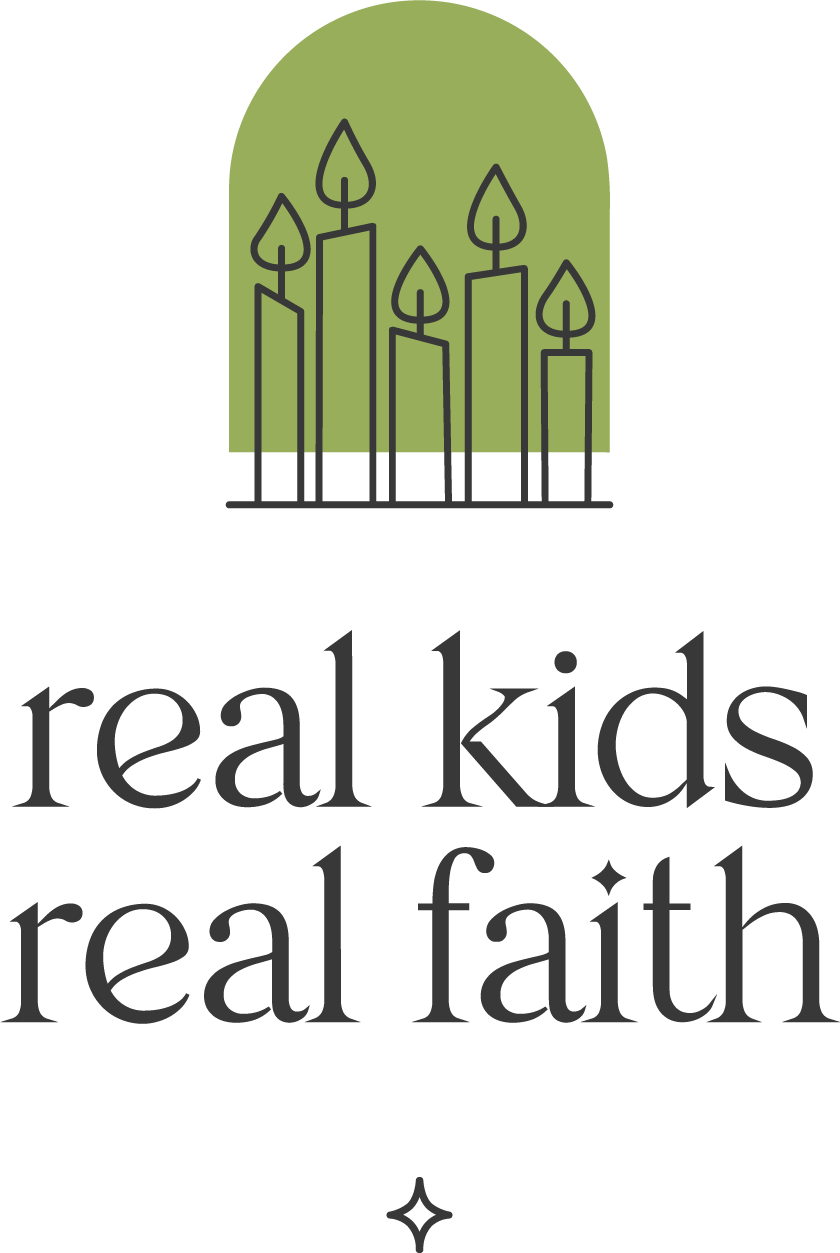A White parent in my child’s kindergarten class insisted that discussions about racism in the U.S. aren’t necessary. “Most people don’t see skin color anymore,” she insisted. “They just respond positively or negatively to someone’s personality.” She went on to ask the class teachers to refrain from talking about race with the kids. She felt the topic was too upsetting for five year olds.
Three psychologists came together to write Something Happened in Our Town: A Child’s Story about Racial Injustice because young children actually need to have such conversations. As the story explains, adults think kids don’t know about racism in their communities, but they actually do and they have questions. Read the book with children ages 5-12 and use one or more of the following activities to explore racism, injustice, and standing up for others.
Historic Injustice. Emma’s parents and older sister tell her about the U.S.’s history of slavery. They explain that her ancestors, like many White people, participated in the slave trade because they thought White people were superior to Black people. Some people still think that way. Ask children: What are some ways today that some people think they are better than other people? How do you think other people feel when someone treats them as inferior or bad? How do [would] you feel? Encourage children to demonstrate these feelings with their faces and bodies.
Making Changes. Josh’s father is angry that Black people are still treated unfairly and wants to use his power to change things. His mother says that sticking up for others is one way to use that power. Invite children to draw a picture of themselves standing up for someone who is being treated unjustly. Encourage them to use various colors to help communicate how people are feeling in this situation.
Not Missing Out. When Josh and Emma realize Omad hasn’t been picked for a soccer team, they decide to do something. Daniel objects and Emma replies, “We don’t want to miss out.” Invite children to imagine that a new kid who is different has joined their group or class. Ask: How might you learn more about the new kid? What might he bring to the group [class] that you will appreciate? Encourage them to roleplay ways that they get to know a newcomer and discover shared interests and/or fun new ways of hanging out together.
Police Violence. Emma and Josh begin asking questions after a police officer shoots a Black man. Emma’s mom says the shooting was a mistake and also part of an unjust pattern. Invite children to create a chart or visual map that shows patterns of behavior in their family or class, such as some people always being picked first (or last) for sports, teachers calling on certain kids more than others, or parents favoring one child over another. Ask: Do you think these patterns are just or unjust, and why? If unjust, how could you change them so everyone is treated fairly?

Comments